Synthetic Spinel
Synthetic Spinel is a man-made version of spinel, a gemstone that has historically been underrated despite its impressive color and brilliance. Spinel occurs naturally in a wide range of colors, including red, blue, pink, and violet, and is often found in association with rubies, sometimes even mistaken for them due to its similar appearance. However, synthetic spinel, which is chemically identical to natural spinel, offers a more affordable and accessible option for those seeking a beautiful gemstone without the higher price tag.
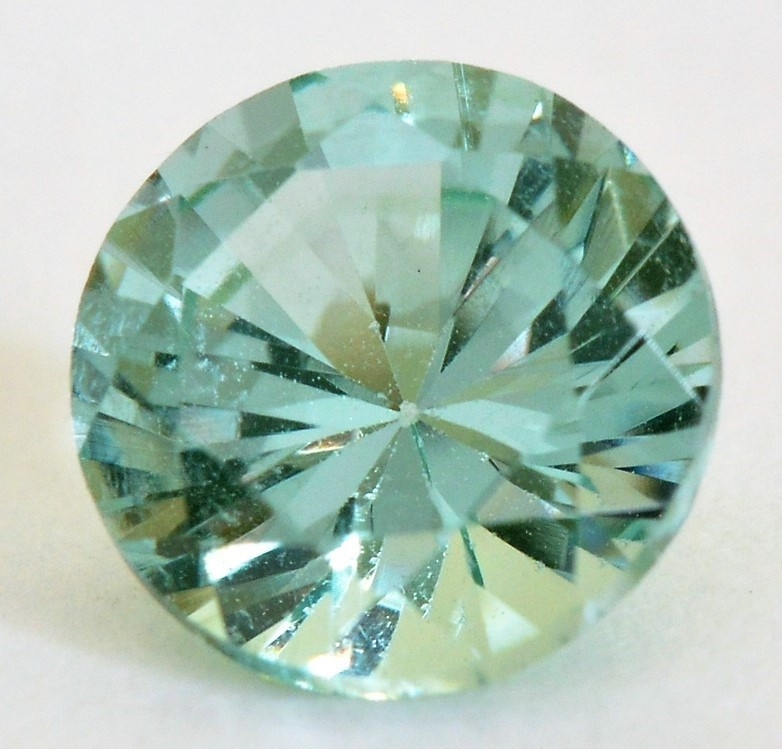
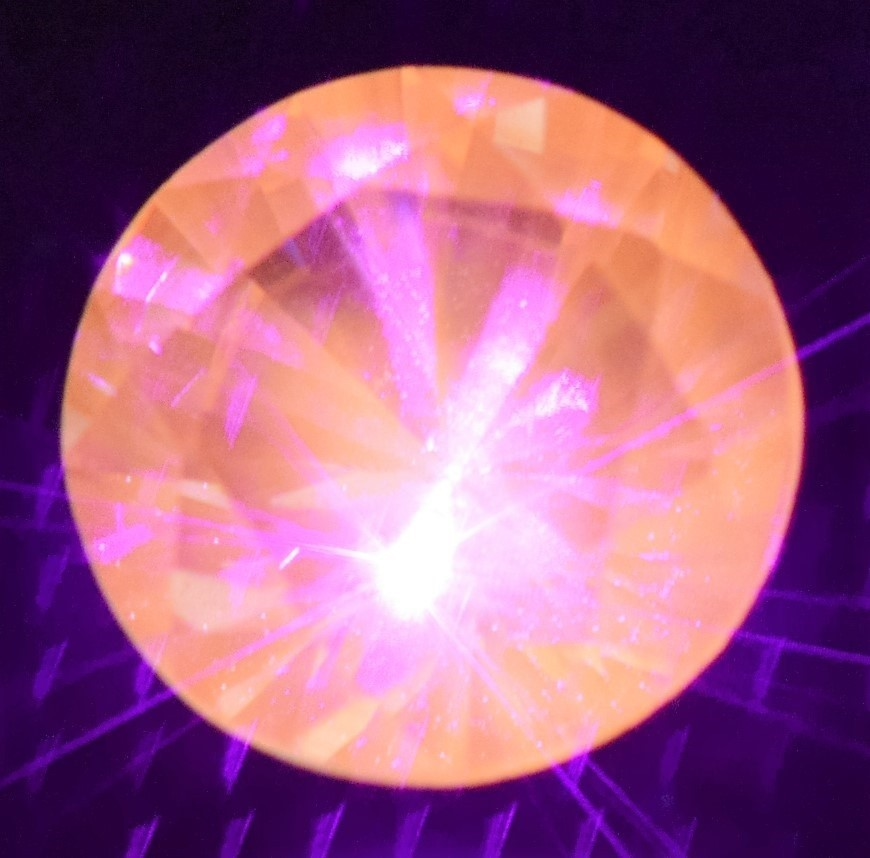
How Synthetic Spinel is Made
Synthetic spinel is typically produced through several different methods, most commonly the Flame Fusion (Verneuil) process and the Czochralski method.
- Flame Fusion (Verneuil Process):
This method, invented by the French chemist Auguste Verneuil in the early 20th century, involves melting aluminum oxide in a flame and adding metal oxide coloring agents to create synthetic spinel. As the material cools, it crystallizes into spinel. - Czochralski Method:
This method involves melting raw spinel material in a crucible and drawing a seed crystal out of the molten material, allowing it to slowly grow into a larger crystal. The Czochralski process can produce larger and higher-quality synthetic spinel crystals than the flame fusion method. - Flux Growth:
A less common method for synthetic spinel is flux growth, where raw materials are dissolved in a molten flux. As the material cools, spinel crystals grow slowly over time.
Properties of Synthetic Spinel
Synthetic spinel shares the same chemical, physical, and optical properties as natural spinel:
- Chemical Composition: Synthetic spinel is primarily composed of magnesium aluminate (MgAl₂O₄). The presence of different trace elements gives spinel its variety of colors.
- Hardness: Spinel has a hardness of 8 on the Mohs scale, making it fairly durable and suitable for everyday wear, although it is not as hard as diamonds, rubies, or sapphires.
- Color: Spinel is known for its vibrant colors, which can range from red, pink, blue, purple, and even black. Synthetic spinel is made to match these colors, and the color can be consistent due to the controlled environment of lab creation.
- Clarity: Lab-grown spinel is often purer and more transparent than natural spinel, with fewer inclusions (flaws) and greater consistency in quality.
- Refractive Index: Synthetic spinel has a refractive index of about 1.72, which gives it excellent brilliance and sparkle. This makes it a popular choice for use in jewelry, as it reflects light beautifully.
- Specific Gravity: The specific gravity of synthetic spinel is about 3.58–3.60, which is in the same range as natural spinel.
- Durability: Although not as tough as diamonds, synthetic spinel is still quite durable for everyday wear and is resistant to scratching and abrasion.
Benefits of Synthetic Spinel
- Affordability:
One of the main advantages of synthetic spinel is its cost-effectiveness. Since it is created in a laboratory, synthetic spinel is significantly more affordable than natural spinel, often costing a fraction of the price. - Variety of Colors:
Synthetic spinel is available in a range of colors, from vibrant reds (resembling rubies) to blues, pinks, and lavenders. Unlike natural spinels, which may be limited in availability and often come with flaws, synthetic spinels can be created in a wide variety of shades to suit different preferences. - Sustainability:
Synthetic spinel is an environmentally friendly option since it does not require mining, which can have significant environmental impacts. Lab-grown gemstones, in general, are considered more sustainable than natural ones. - Ethical Production:
Man-made spinels do not come from conflict zones or mines where workers may be exploited, making them an ethical choice for conscientious consumers. - Quality Control:
The controlled conditions under which synthetic spinel is produced allow for consistent color, size, and clarity. In contrast, natural spinels can vary widely in quality. - No Conflict Stones:
Lab-grown spinel avoids the issues related to “conflict gemstones”—stones that have been mined in areas of armed conflict and human rights abuses.
Drawbacks of Synthetic Spinel
- Perceived Value:
While synthetic spinel is chemically identical to natural spinel, some consumers may still perceive it as less valuable due to its synthetic origin. The rarity and natural origins of gemstones like natural spinel contribute to their higher perceived value in the market. - Resale Value:
Synthetic gemstones generally do not hold their value as well as natural stones. They do not appreciate over time in the same way that natural gemstones do. - Rarity:
Natural spinel is relatively rare, and its scarcity contributes to its value. Synthetic spinel, by contrast, is mass-produced and readily available, meaning it does not have the same rarity or unique appeal. - Market Acceptance:
While synthetic gemstones are gaining in popularity, there are still consumers who prefer natural stones for their perceived uniqueness and historical significance. Some collectors may not appreciate synthetic spinel as much as a natural spinel.
Applications of Synthetic Spinel
- Jewelry: Synthetic spinel is commonly used in fine and fashion jewelry, including rings, earrings, necklaces, and bracelets. It is particularly favored in engagement rings as an alternative to more expensive gemstones like rubies and sapphires. Because synthetic spinel can be made in various colors, it is versatile for use in different types of jewelry.
- Gemstone Replicas: Synthetic spinel is sometimes used as a substitute for more expensive stones. For example, red spinel can closely resemble rubies, and blue spinel can be a more affordable substitute for sapphires.
- Inlays and Cabochons: Synthetic spinel is also used for decorative purposes, including inlays in watches, cufflinks, and even as a gemstone for cabochon cuts.
Conclusion
Synthetic spinel is an excellent choice for those seeking a gemstone that combines beauty, durability, and affordability. It shares all the desirable properties of natural spinel but is more cost-effective, ethically sourced, and sustainable. Whether used in fine jewelry or fashion pieces, synthetic spinel offers consumers a high-quality, versatile alternative to natural stones. As demand for sustainable and ethically produced gemstones continues to grow, synthetic spinel is poised to remain a popular choice for conscious consumers.
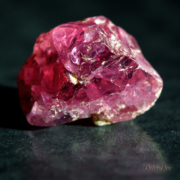
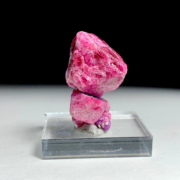
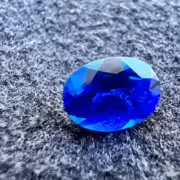
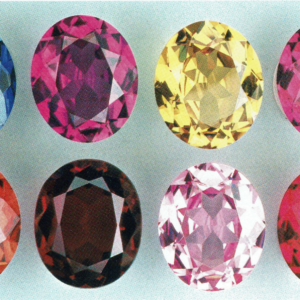
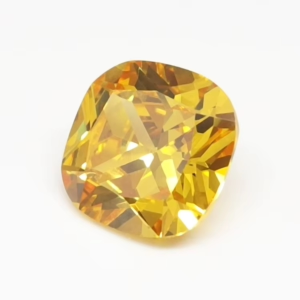
Leave a Reply
Want to join the discussion?Feel free to contribute!